Table of content
Ginkgo nuts, derived from the ancient Ginkgo biloba tree, have been a culinary and medicinal staple in Asian cuisine for centuries. Renowned for their delicate flavor and potential health benefits, these ivory-colored seeds require precise cooking techniques to unlock their full potential. One of the most common methods of preparing ginkgo nuts is stir-frying, a quick and efficient cooking style that preserves their texture and nutrients. However, achieving the ideal balance between crispness and tenderness hinges on understanding the exact cooking time required. This article delves into the science and art of stir-frying ginkgo nuts, exploring the factors that influence cooking duration, visual and textural cues for doneness, and expert tips to elevate your dish.
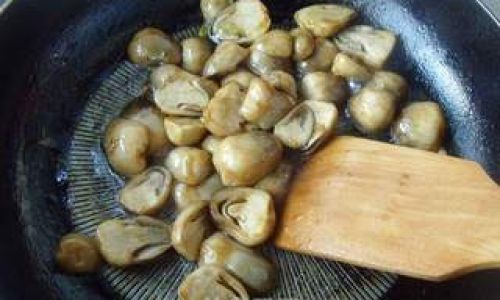
The Basics of Ginkgo Nuts
Before diving into cooking techniques, it is essential to grasp the fundamentals of ginkgo nuts. These seeds are enclosed in a hard, fleshy outer shell and a thin, inner brown membrane. While the shells are typically removed before consumption, the inner membrane can be bitter and is often discarded after cooking. Ginkgo nuts are prized for their mild, slightly sweet taste, which pairs well with both savory and subtle flavors. Nutritionally, they are rich in antioxidants, vitamins, and minerals, making them a sought-after ingredient in wellness-oriented diets.
Preparation: The Foundation of Perfect Stir-Fries
Proper preparation is the first step toward achieving perfectly cooked ginkgo nuts. Begin by purchasing fresh, plump nuts from reputable sources. Avoid those with discoloration, cracks, or a rancid smell, as these may indicate spoilage. To prepare the nuts:
- Shelling: Use a nutcracker or a hammer to gently crack the outer shell. Extract the inner seed carefully to avoid damaging it.
- Blanching: Boil the shelled nuts for 3–5 minutes to loosen the inner membrane. This step also neutralizes any residual bitterness and softens the texture slightly.
- Peeling: After blanching, remove the thin brown membrane by pinching the nut between your fingers. The membrane should slide off easily.
- Drying: Pat the nuts dry with a clean kitchen towel to prevent oil splatters during stir-frying.
The Stir-Frying Process: Timing and Technique
Stir-frying is a high-heat, rapid cooking method that requires constant motion to ensure even cooking. The key to success lies in maintaining the right temperature and timing. Here’s a step-by-step guide:
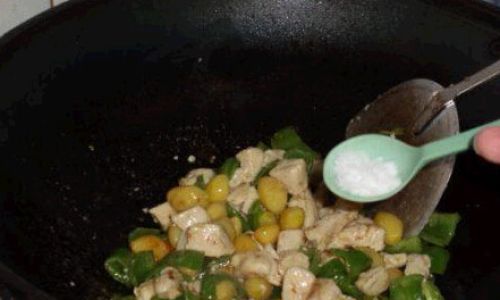
- Heat the Pan: Use a wok or a wide, heavy-bottomed skillet. Preheat it over medium-high heat until a drop of water evaporates instantly.
- Add Oil: Swirl in a neutral oil with a high smoke point, such as peanut or grapeseed oil. Avoid olive oil, as its low smoke point can impart a bitter taste.
- Introduce Aromatics (Optional): For added flavor, toss in minced garlic, ginger, or sliced chili peppers. Sauté briefly until fragrant.
- Stir-Fry the Nuts: Add the prepared ginkgo nuts to the pan. Spread them in a single layer to ensure even heating.
- Monitor the Heat: Reduce the heat to medium to prevent burning. Stir continuously using a spatula or wooden spoon.
The Critical Question: How Long to Stir-Fry?
The optimal cooking time for ginkgo nuts in a stir-fry ranges between 5 to 7 minutes. However, several variables can influence this duration:
- Stove Heat: Gas stoves typically provide more consistent heat than electric ones, allowing for slightly shorter cooking times.
- Pan Material: Cast-iron woks retain heat better than stainless steel pans, potentially reducing cooking time by 1–2 minutes.
- Nut Size: Larger nuts may require an extra minute or two to cook through.
- Desired Texture: For a crunchier result, aim for 5 minutes; for a softer consistency, extend to 7 minutes.
Signs of Doneness: Visual and Textural Cues
Relying solely on time can lead to inconsistencies. Instead, use these indicators to gauge doneness:
- Color Change: Raw ginkgo nuts have a translucent, ivory hue. As they cook, they turn opaque and develop a subtle golden tint.
- Texture: Test a nut by piercing it with a knife or toothpick. It should offer slight resistance but not feel mushy.
- Aroma: Cooked nuts emit a mild, nutty fragrance. Overcooked ones may develop a burnt or acrid smell.
- Sound: Listen for a gentle sizzling sound, which indicates proper evaporation of moisture. Silence suggests the nuts may be drying out.
Factors Affecting Cooking Time
Understanding external influences allows for greater control over the final result:
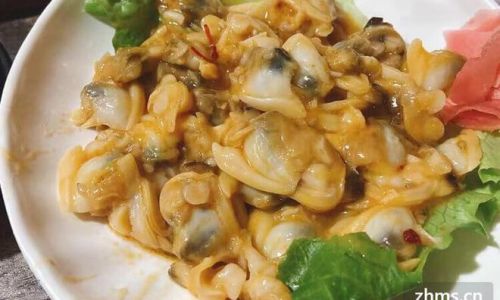
- Pre-Cooking Methods: Blanching or steaming the nuts before stir-frying can reduce cooking time by 2–3 minutes.
- Batch Size: Overcrowding the pan lowers the temperature and prolongs cooking. Stir-fry in small batches for even results.
- Add-Ins: Ingredients like vegetables or proteins added midway through cooking will affect the overall heat dynamics. Adjust timing accordingly.
Common Mistakes and How to Avoid Them
Even seasoned cooks can falter. Here’s how to sidestep pitfalls:
- Overcooking: Nuts that turn brown or emit a bitter taste are overdone. Remove them promptly at the first sign of golden edges.
- Undercooking: Raw ginkgo nuts contain toxins that can cause stomach discomfort. Ensure thorough cooking by adhering to the 5–7 minute rule.
- Uneven Heating: Stirring is non-negotiable. Neglecting to move the nuts around the pan results in burnt patches and raw centers.
- Skipping Prep Steps: Omitting blanching or peeling leads to tough membranes and bitter flavors.
Safety Precautions
Ginkgo nuts contain a compound called ginkgotoxin, which can cause adverse reactions if consumed raw or in large quantities. Cooking neutralizes this toxin, making safety paramount:
- Cook Thoroughly: Never serve undercooked ginkgo nuts.
- Portion Control: Limit intake to 10–15 nuts per serving to avoid digestive issues.
- Storage: Refrigerate leftovers promptly to prevent spoilage.
Beyond Stir-Frying: Alternative Cooking Methods
While stir-frying is popular, ginkgo nuts lend themselves to other techniques:
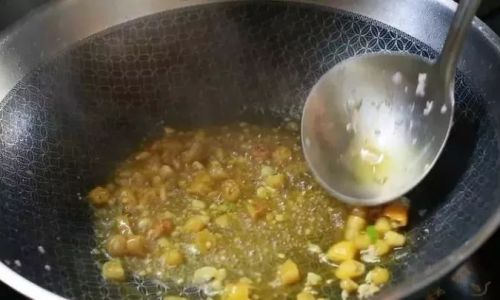
- Boiling: Simmer for 10–15 minutes until tender. Ideal for soups or stews.
- Roasting: Toss with oil and salt, then bake at 350°F (175°C) for 12–15 minutes. Enhances nutty flavors.
- Microwaving: Arrange in a single layer and cook on high for 2–3 minutes. A quick but less precise method.
Pairing Suggestions and Recipe Ideas
Stir-fried ginkgo nuts shine in diverse dishes:
- Rice Dishes: Mix with jasmine rice, peas, and carrots for a fragrant pilaf.
- Stir-Fry Combos: Pair with shrimp, broccoli, and oyster sauce for a classic Asian-inspired meal.
- Salads: Toss with arugula, cherry tomatoes, and a balsamic vinaigrette for a refreshing twist.
- Desserts: Add to mochi or sweet rice cakes for a subtle crunch.
Conclusion: The Pursuit of Perfection
Stir-frying ginkgo nuts is a delicate dance between time, temperature, and technique. While the 5–7 minute rule provides a reliable guideline, mastery comes from observing the subtle cues of color, texture, and aroma. By respecting the nuances of this ancient ingredient and adapting to your kitchen’s unique conditions, you can transform simple nuts into a culinary masterpiece. Whether you’re a novice cook or a seasoned chef, the pursuit of perfectly stir-fried ginkgo nuts is a journey worth savoring—one minute at a time.
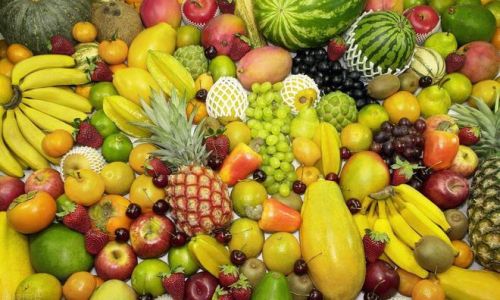



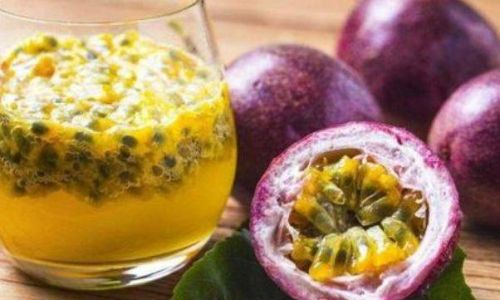
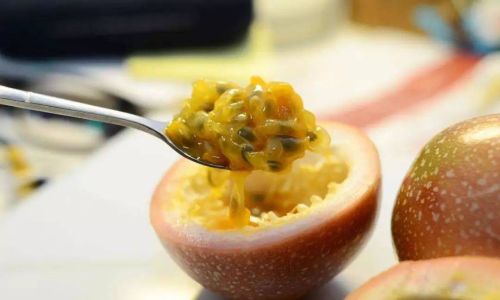
0 comments